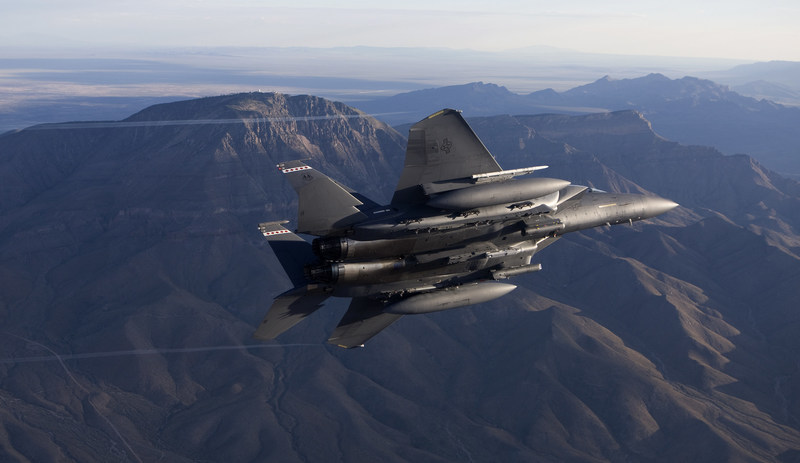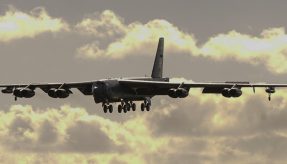
Raytheon Missiles & Defense has announced the StormBreaker smart weapon has been approved for use on the F-15E by the US Air Force’s Air Combat Command.
The fielding decision means that F-15E squadrons can now be equipped with StormBreaker and deployed for missions.
“StormBreaker delivers an unprecedented capability to pilots in the field,” said Paul Ferraro, Vice President of Raytheon Missiles & Defense’s Air Power business. “The weapon gives airmen a significant advantage – the ability to strike maritime or land-based maneuvering targets at range in adverse weather.”
StormBreaker features an innovative multimode seeker that guides the weapon by imaging infrared, millimeter wave radar, and semi-active laser in addition to or with GPS and inertial navigation system guidance.
“The weapon has proven itself in many complex test scenarios, against a variety of targets in extreme environmental conditions, and is now ready to fly,” said Cristy Stagg, StormBreaker program director at Raytheon Missiles & Defense. “With its multimode seeker and datalink, StormBreaker will make adverse weather irrelevant.”
StormBreaker’s small size lets fewer aircraft address the same number of targets compared to larger weapons that require multiple jets. It can also fly more than 40 miles to strike mobile targets, reducing the amount of time that aircrews spend in harm’s way.
The smart weapon’s initial fielding on the F/A-18E/F Super Hornet for the US Navy later this year and integration for fielding on the F-35 Joint Strike Fighter are next for the program.
If you would like to join our community and read more articles like this then please click here







